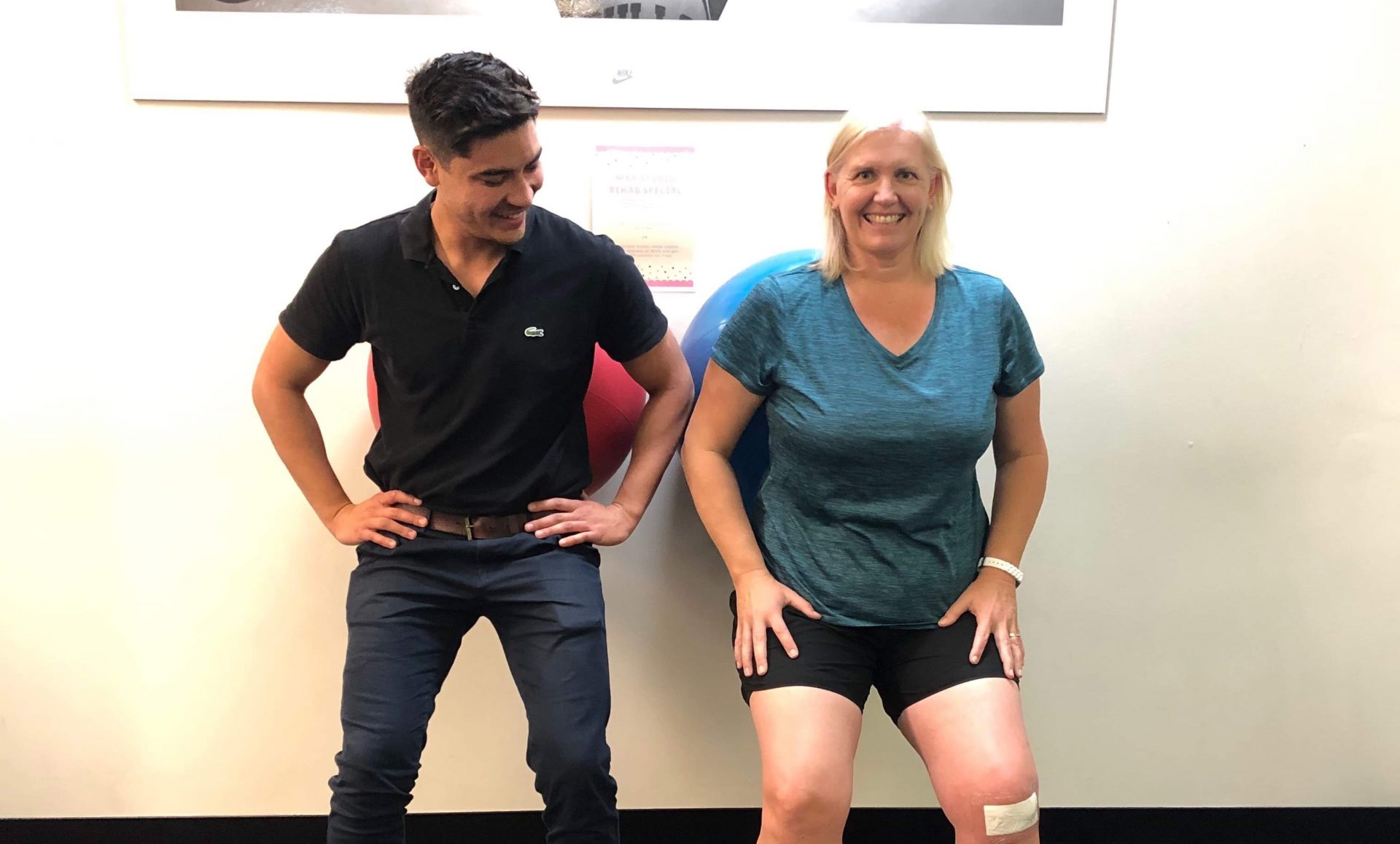There is currently a big push for surgeons and physiotherapists to consider conservative management of ACL ruptures over surgical intervention.
I certainly agree that some people can consider the conservative approach and avoid an operation.
Decision making for ACL management must be done on a case-by-case basis and must be a collaborative discussion between the patient, surgeon and physiotherapist.
I’ve attempted the conservative pathway and although I managed to return to pivoting and cutting sport, I personally never felt 100% stable and confident until I had my reconstruction.
A couple of personal things to consider when making this decision.
What sport would you like to return to?
- Pivoting sports such as tennis, football, basketball & netball require a greater level of rotational stability at the knee
- Straight-line activities such as running can certainly be achieved without an ACL reconstruction
- Higher-level athletes requiring faster changes of direction more than likely needing surgery
How committed will you be to rehab?
- If you’re going down the surgical path, you have a long rehabilitation timeline ahead of you. The overall outcome for both conservative and surgical management is highly dependent on the quantity and quality of your rehab. You’ll need to expect at least a 12-month process before considering a return to sport with surgical intervention.
What are you willing to risk?
- If you’ve completely ruptured your ACL, you can’t do any further damage to it by returning to sport. But, you can certainly do further damage to the other structures of the knee.
- Regardless of whether you choose surgery or conservative management, there are strict timeframes that you should adhere to and discuss with your health team.
You don’t need to decide immediately
- One school of thought is that the sooner you have your operation, the sooner you’ll make your return to sport. Evidence suggests that a short period of time (4-6 weeks) between your injury and surgery will result in superior outcomes post-operatively.
- In this time you should work closely with your physiotherapist on ‘prehab’. This may allow you to delay for reasons such as upcoming holidays or work commitments. In this time your decision towards surgery may change, depending on your level of function, pain and instability.
Unfortunately, there is no overwhelming evidence for one over the other.
I personally don’t have a firm stance for one or the other.
However, I do firmly believe that everyone is different and this decision must be made on a case-by-case basis.
Hopefully in 10 years times, with further research, we will be able to make a more confident and informed decision about which path an individual should take.

